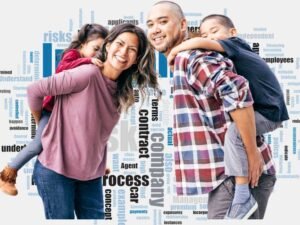Home Sweet Home: Top First-Time Homebuyer Programs in the U.S.
Buying your first home is an exciting milestone – but it can also be overwhelming and expensive. Fortunately, a variety of federal and state assistance programs exist to make homeownership more attainable for first-time buyers. These programs often allow much lower down payments and more flexible credit requirements than conventional mortgages. For example, FHA loans permit down payments as low as 3.5% for borrowers with a 580+ credit score.
And VA loans offer eligible veterans 100%-financing with no private mortgage insurance. In short, first-time homebuyer programs can significantly lower upfront costs and ongoing expenses.
This guide walks through the major federal programs (FHA, VA, USDA, Fannie Mae/Freddie Mac offerings, HUD’s Good Neighbor Next Door) and highlights some of the most generous state-specific programs (for California, Texas, Florida, New York, Illinois). We’ll explain who qualifies, what benefits you’ll get, and how to apply. Plus, you’ll find practical tips – from boosting your credit to getting pre-approved – to help you succeed on the journey to “home sweet home.”
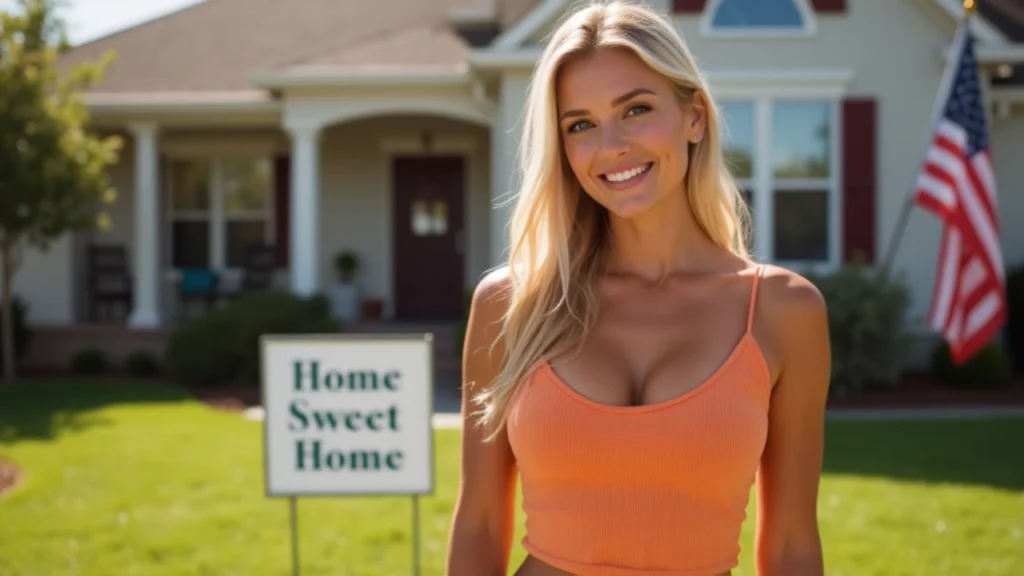
Key Federal Homebuyer Programs
FHA Loans (Federal Housing Administration)
FHA loans are government-insured mortgages designed to help buyers with limited savings and credit. They require down payments as low as 3.5% of the home price for credit scores ≥580 (scores 500–579 require 10% down). Credit score requirements are generally easier than for conventional loans, making FHA loans popular with first-timers. For example, Rocket Mortgage notes that FHA borrowers need a minimum 580 score for 3.5% down.
Borrowers must use the home as a primary residence and have steady income to afford the mortgage payments. The home must meet FHA’s property standards (e.g. livability, safety), and the appraisal must be done by an FHA-approved appraiser.
Benefits: FHA loans let you buy with very little cash upfront. Your down payment can even be a gift from a relative or a local down-payment assistance grant. FHA loans allow rolling closing costs into the loan amount, too.

As long as you pay mortgage insurance, FHA qualifying is more forgiving (even bankruptcy in the recent past can be acceptable). Once you build equity, FHA borrowers can cancel mortgage insurance if 20% equity is reached (at that point the loan can be refinanced into a conventional mortgage without insurance).
Requirements & Steps: To apply, you must have a credit score typically ≥580, steady income, and a debt-to-income ratio usually below ~50%. You’ll need at least 3.5% of the purchase price (or higher down payment if your score is below 580) in cash or gift funds. It’s wise to review your credit report and pay off smaller debts first. Then find an FHA-approved lender and get pre-qualified. The lender will check your credit and income. If all looks good, they’ll issue a loan commitment and you’ll proceed to closing. Official FHA information can be found on HUD’s site and related USA.gov pageshud.gov.
VA Loans (Veterans Affairs)
VA loans are a special benefit for military service members, veterans, and certain surviving spouses. To be eligible, you generally need a Certificate of Eligibility (COE) by proving at least 90 days of active duty (180 in wartime) service, or qualify via National Guard/reserve service.
VA loans require no down payment if the home’s price is at or below its appraised value. They also do not require any private mortgage insurance or FHA mortgage insurance, which can save hundreds of dollars each month. The Department of Veterans Affairs guarantees a portion of the loan, enabling lenders to offer more favorable terms. In practice, VA loans tend to have lower interest rates than conventional loans of similar credit quality.

Benefits: As an eligible veteran/active-duty member or spouse, you can finance 100% of the home’s price. There is no PMI/MIP requirement. Other perks: VA caps the “funding fee” (typically rolled into the loan), limits closing costs, and prohibits prepayment penalties. VA loans can be used to buy single-family homes, condos, or even multi-unit properties (up to 4 units) as long as you live in one unit.
Requirements & Steps: You must obtain a VA Certificate of Eligibility (COE), which your lender can often pull directly via the eBenefits system. The property must be your primary residence. Work with a VA-approved lender – many banks and mortgage companies offer VA loans. They will check your eligibility documents and credit. If approved, you’ll close and only pay any required VA funding fee and a small “$100 down” if you choose an FHA-approved lender to maximize benefits. (Note: the $100 down option is a special GNND requirement, but VA loans themselves typically require no down payment.) VA’s own site has detailed guides on the COE application and lenders’ listings.
USDA Rural Housing Loans
The USDA’s Single-Family Housing programs help low- and moderate-income buyers in rural and some suburban areas. There are two main types: Guaranteed Loans (through participating lenders) and Direct Loans (through USDA if your income is very low). Both allow 100% financing (no down payment) in eligible areas. For example, USDA notes that approved lenders can offer 100% financing to qualified borrowers under the Guaranteed program.
Benefits: You can buy or build a home with no money down. Interest rates are typically low. Monthly mortgage insurance is required, but payments can be factored into an affordable mortgage. USDA loans also allow more lenient credit (often score ≥640) and higher debt-to-income ratios than conventional loans.
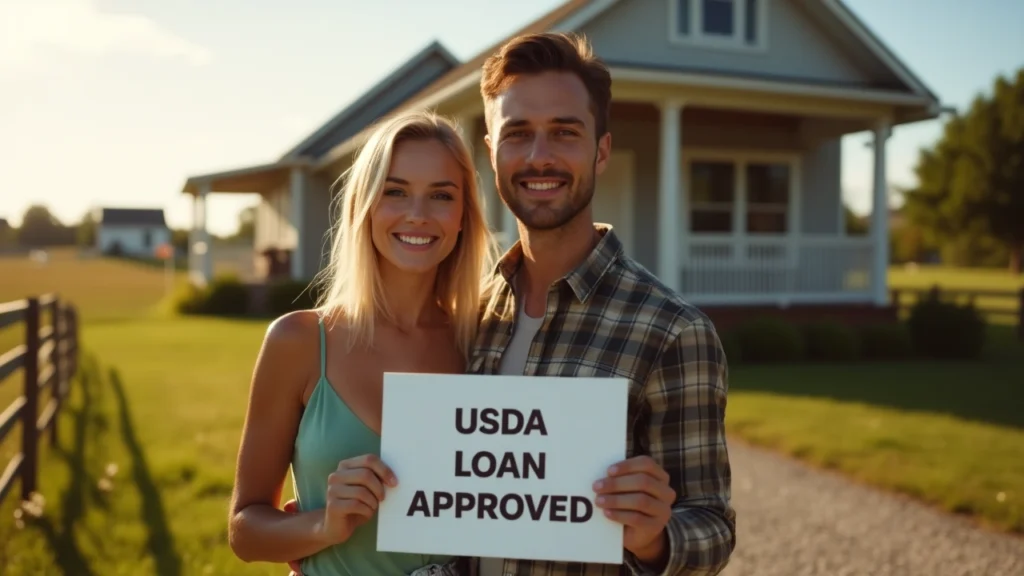
Requirements: To qualify, your household income must be below 115% of the area median income, which means you must be “low-to-moderate income” for that region. Your purchase must be in a USDA-eligible rural zone (check USDA’s website tool). The home must be a primary residence. Work with a USDA-approved lender to apply – they will verify income limits, credit, and the rural location. (USDA also directly lends to very-low-income households through the Direct program, which has stricter income limits but also 100% financing.) The USDA Rural Development website explains regional income limits and property maps.
Fannie Mae & Freddie Mac Programs
Though not government loans, Fannie Mae and Freddie Mac (the housing GSEs) offer special programs for first-timers and low-income buyers:
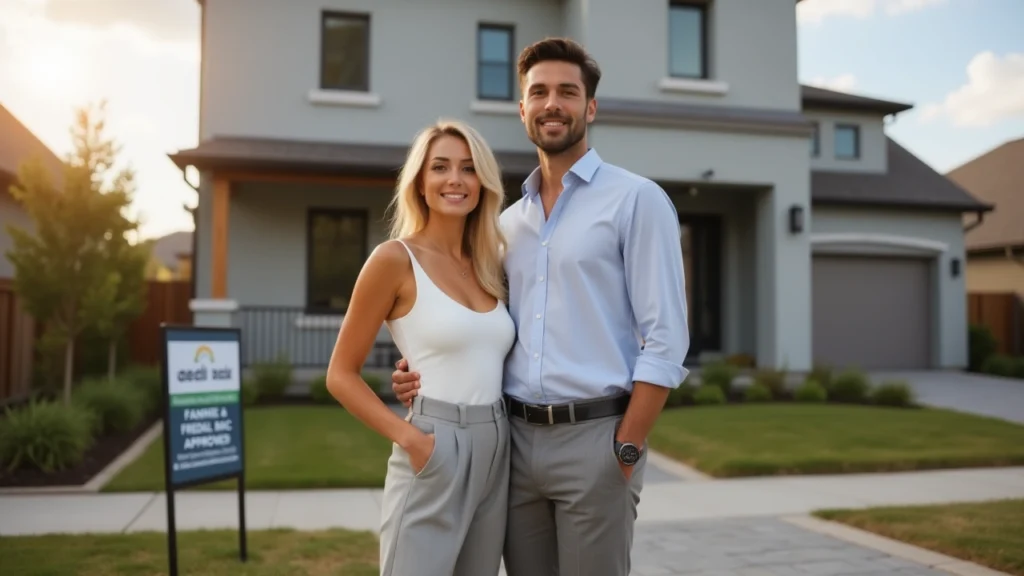
- Fannie Mae HomeReady®: This conventional mortgage allows just 3% down for eligible low-income borrowers. It accepts multiple household members’ incomes (even unrelated co-borrowers) and extra sources like boarder or rental income, and lets down payments come from gifts or community seconds. Borrowers must meet area income caps (≤80% of local median) and minimum credit ~620, but the PMI is cancelable once you reach 20% equity, making it cheaper over time.
- Freddie Mac Home Possible®: Similar to HomeReady, Home Possible requires 3% down and allows gifts/grants as part of the down payment. Income must also be ≤80% of area median. Home Possible even allows some borrowers to qualify without a traditional credit score. It offers reduced PMI, and like HomeReady, you can cancel mortgage insurance when equity hits 20%.
Both programs target credit-worthy borrowers who might lack substantial savings. They require that the home be owner-occupied, and first-time buyer education is often required. To apply, ask a conventional lender about Fannie Mae HomeReady or Freddie Mac Home Possible. These flexible loans can significantly reduce your cash-on-hand requirement.
HUD’s Good Neighbor Next Door (GNND)
HUD’s Good Neighbor Next Door program is a unique HUD-owned REO home sales program for certain public servants. Who qualifies: Full-time teachers (K-12), law enforcement officers, firefighters, and emergency medical technicians. The property must be in a HUD-designated “revitalization area.”
Benefits: Eligible buyers can purchase a HUD home at 50% off the list price, with an unusually low down payment (as little as $100) if using an FHA loan. The remaining 50% is covered by a second mortgage (no interest, no payments) called a “silent second.” You must agree to live in the house as your primary home for at least 36 months to receive the benefit.

Requirements & Steps: Besides the job requirement, applicants must show intent to occupy the home for 3 years (certifying it annually). You can’t have bought a home in the last 12 months, but you needn’t have always been a first-time buyer. Process: get pre-approved for an FHA loan (required for the $100 down option). Then work with a HUD-registered broker to bid on available homes; bids are blind and must be made quickly (often within 7 days of listing). If awarded, you close the FHA loan for your 50% share, and HUD holds the 2nd mortgage. In practice, GNND is very competitive (limited inventory), but it’s a powerful opportunity for eligible community workers.
State-Specific First-Time Buyer Programs
Many states and localities run their own assistance programs. Here are highlights from five large states:
California: The California Housing Finance Agency (CalHFA) runs multiple programs for first-time buyers. Through CalHFA you can get a 30-year fixed FHA, VA, USDA or conventional loan at low rates, often with down payment help rolled in.
For example, CalHFA’s MyHome Assistance program provides a deferred second loan to cover down payment/closing costs up to 3% of purchase price for conventional loans and 3.5% for FHA loans. (This means you don’t pay it back until the house is sold or refinanced.) Additionally, the Golden State Finance Authority (GSFA) offers statewide seconds: the GSFA Platinum program gives up to 5.5% of the loan amount as assistance, and the Golden Opportunities program offers up to 5%, usable with FHA, VA, USDA or conventional loans.
These programs make it easier to afford California’s high prices. Requirements: Typically, you must be a first-time buyer (or not have owned in 3 years), meet area income/purchase limits, occupy the home, and complete a homebuyer education course. To apply, work with CalHFA-approved lenders and ask about CalHFA/GSFA down payment aid.
Texas
In Texas, the state housing agency (TDHCA) offers the My First Texas Home program. This provides a 30-year fixed mortgage (FHA, VA, USDA or Fannie Mae HFA Preferred) plus up to 5% of the loan amount in down payment assistance (as a zero-interest second mortgage). The assistance helps cover your down payment/closing costs, and at least 1% of the price must come from your own funds.
Requirements: Minimum credit ~620, income/purchase limits apply, and you must complete a homebuyer education course. Benefits include no monthly payment or interest on the second loan and even a 3-year forgivable option if you meet certain conditions. TDHCA’s My Choice Texas Home program is similar but is open to first-time or repeat buyers.
It offers the same up to 5% assistance on an FHA, VA, USDA or HFA Preferred loan. In summary, Texans can get low-rate 30-year mortgages plus interest-free second loans (2–5% of the price) to ease upfront costs.
Florida
Florida’s housing agency (Florida Housing) administers first-time buyer programs. Its Homebuyer Program offers 30-year fixed loans (through select lenders) on conventional, FHA 203(b or 203(k)), VA or USDA mortgages. These can be combined with state down payment assistance. Notably, the Florida Homeownership Loan Program (HLP) provides up to $10,000 as a 0%-interest second mortgage for qualified first-time buyers (amortized over 15 years).
The balance is due if you refinance, sell or move. Requirements: You must qualify for the underlying loan (conventional/FHA/VA/USDA), meet income and purchase price caps, and occupy the property (primary residence, can be a single-family home, condo, or 2–4 unit home). A minimum credit score (often around 640) is needed. In practice, Florida buyers often use an FHA or VA loan at 3.5–0% down, then layer on the HLP or other local grants. The Florida Housing website lists approved lenders and application steps.
New York
New York’s State Mortgage Agency (SONYMA) provides several programs. For example, SONYMA’s Down Payment Assistance Loan (DPAL) offers a forgivable second mortgage of up to 3% of purchase price (max $15,000) to help with the down payment or mortgage insurance.
This loan carries no payments or interest, and if you keep your SONYMA first mortgage and live in the home for 10 years, the DPAL balance is completely forgiven. (If you move or refinance earlier, the remaining DPAL balance becomes due.) Another option is Conventional Plus, which combines a 30-year fixed mortgage (through SONYMA) with state down payment assistance in one loan.
This bundle effectively gives you a HomeReady mortgage plus a second lien for closing costs, making it easier to afford even in pricey areas. SONYMA also has Homes for Veterans (3% down loans for military homebuyers) and RemodelNY (financing for fixer-uppers). Requirements: SONYMA typically defines a first-time buyer as someone who hasn’t owned a home in 3+ years or is a veteran. Income and purchase price limits vary by county (usually around 80% of AMI for many programs). All SONYMA applicants must complete a homebuyer education course. To apply, find a SONYMA-approved lender and specify the program (e.g. DPAL, Achieving the Dream, etc.).
Illinois
Illinois offers generous down-payment assistance through the Illinois Housing Development Authority (IHDA). Its Access Forgivable mortgage provides up to 4% of purchase price (max $6,000) as a second loan for down payment/closing costs. This second loan is forgiven over 10 years (no payments, no interest) as long as the home remains your primary residence for that period.
It works with any 30-year FHA, VA, USDA or HFA Preferred conventional loan. For moderate buyers, IHDA’s Access Deferred program offers 5% (max $7,500) assistance, with no interest; you repay it only when you sell or payoff. And Access Repayable gives up to 10% (max $10,000) assistance, repaid in 10 years (no interest, but monthly payments).
Requirements: Minimum 640 credit score, state income/purchase limits, and a small personal contribution (usually $1,000 or 1% of price). The home must be your Illinois primary residence (can be single- or multi-family). IHDA’s programs are open to first-time and repeat buyers.
Applicants should take a certified homebuyer course. You apply through an IHDA lender and the program runs on a first-come basis. These grants make Illinois home prices much more affordable for buyers with limited savings.
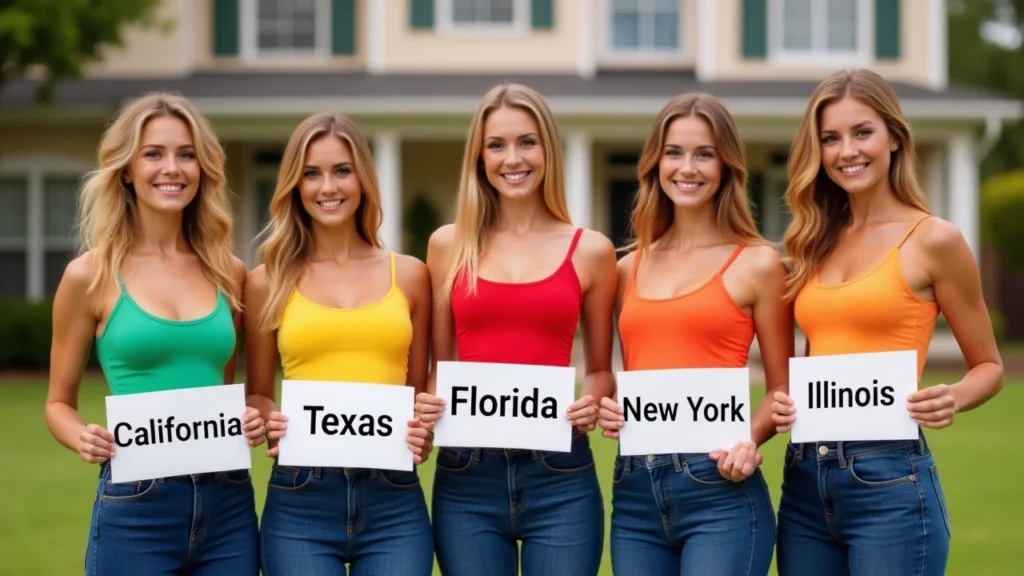
Tips for First-Time Homebuyers
- Check and Improve Your Credit: Your credit score and report are crucial. Review your credit reports early and fix any errorsPay down credit cards and avoid opening new debt. Even small improvements can lower your mortgage rate.
- Create a Budget and Save: Use a realistic budget to determine how much home you can afford. CFPB recommends tracking spending to know what monthly payment you can handle. Aim to save for at least the down payment plus 2–3% of the loan amount for closing costs and reserves. Take advantage of matched savings or gift programs if available.
- Get Pre-Approved: Before house-hunting, get pre-approved by a lender. A preapproval letter shows sellers you’re a serious buyer who can secure financing. In fact, CFPB notes that sellers often require a lender preapproval before accepting an offer. Preapproval also tells you exactly how much you can borrow, so you know your price range. Remember that a soft credit check is done for preapproval, and the letter usually lasts 30–60 days.
- Explore All Assistance Options: Look into federal, state and local programs early. Many counties and cities have grants or deferred loans for first-time buyers. A HUD-approved housing counselor can help you navigate these options. Official sites like HUD.gov, , and state housing agencies have up-to-date program details.
- Attend a Homebuyer Education Course: Nearly every assistance program requires first-time buyers to complete a certified homeownership education class. These courses (often free) teach budgeting, credit and the mortgage process. They not only fulfill program requirements but also prepare you for the responsibilities of homeownership.
- Work with the Right Professionals: Use lenders and real estate agents who have experience with first-time buyer programs. They can guide you to the best loan product and ensure you meet each program’s deadlines and paperwork.
By following these tips, you’ll put yourself in a strong position to benefit from the programs above. Remember: even if you’re turned down initially, improving your credit or saving a bit more can quickly open doors to financing.
Owning your first home is within reach with the right assistance. Federal programs (FHA, VA, USDA, Fannie Mae HomeReady/Freddie Mac Home Possible, HUD’s Good Neighbor) and state programs (like those from CalHFA, TDHCA, Florida Housing, SONYMA, IHDA) can drastically reduce the money you need to bring to closing. With careful preparation and research, you can leverage these opportunities to buy more home for less. Stay organized, use the tips above, and work with a knowledgeable lender or counselor.
For official details and to apply, visit the respective agencies’ websites. U.S. government resources like USA.gov’s Home Buying Assistance page outline available programs. For example, HUD’s website covers FHA loan basics, HUD programs (including Good Neighbor) and links to local counseling agencies.
The VA’s home loan page explains eligibility and how to get your Certificate of Eligibility. USDA’s Rural Development site lists area maps and income limits for rural loans. Fannie Mae and Freddie Mac both maintain consumer sites (e.g. FannieMae.com HomeReady section, FreddieMac.com My Home/Home Possible pages) with detailed guidelines. Finally, check your state’s housing finance agency site for local down-payment assistance and first-time homebuyer programs.
With these tools and programs, “home sweet home” can become your reality. Good luck on your homebuying journey!
Sources: Authoritative information was drawn from HUD, VA, USDA, Fannie Mae/Freddie Mac, USA.gov and housing finance agencies’ materials.
Private Credit and M&A Boom: How Debt-Fueled Deals Are Reshaping the Market
Are Banking Apps Safe? Everything You Must Know About Mobile Banking Security in 2025






















































